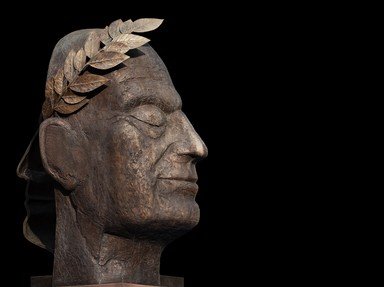Quiz Answer Key and Fun Facts
1. When was the boy destined to become Emperor Commodus born?
2. Commodus was the son of Marcus Aurelius and Faustina the Younger. How many children did the couple have? (Hint: fortnight)
3. How did Commodus come to be emperor?
4. Commodus celebrated a triumph for his final VICTORIOUS completion of the military campaign against the Danube tribes which Marcus Aurelius had been waging at the time of his death.
5. Which of these best characterises the reign of Commodus? (Hint: He had plenty of time at home to indulge in bizarre gladiatorial extravaganzas.)
6. Did Emperor Commodus' sister actually organise a conspiracy against him?
7. Was the Roman Senate's resistance to Commodus actually led by Senator Gracchus, as shown in the film "Gladiator"?
8. Emperor Commodus liked to portray himself as a godlike figure of physical and spiritual power. To which classical figure did he often liken himself?
9. Did Emperor Commodus actually fight against gladiators?
10. How did Emperor Commodus die? (Hint: The assassins had to resort to their 'backup' plan.)
Source: Author
looney_tunes
This quiz was reviewed by FunTrivia editor
bloomsby before going online.
Any errors found in FunTrivia content are routinely corrected through our feedback system.


